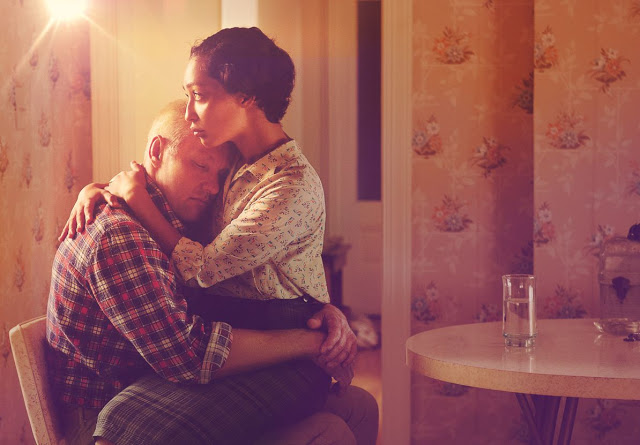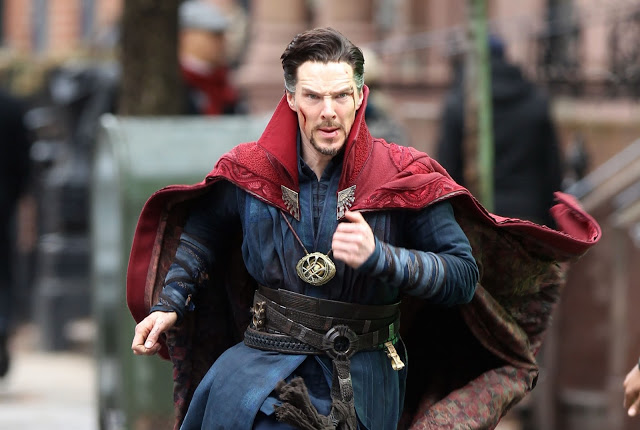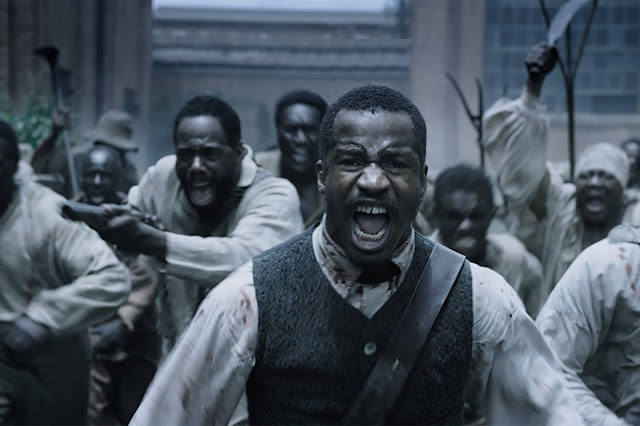Rogue One: A Star Wars Story: Still Rebelling, Now with a Cost
Of the infinite memes that sprang out of the original Star Wars trilogy, one of the most random derives from a moment of startling quiet in The Return of the Jedi, when a rebel leader is delivering an expository info-dump. As she’s rambling about battle stations and deflector shields, she suddenly pauses, then drops her voice and solemnly murmurs, “Many Bothans died to bring us this information.” There are no Bothans in Rogue One: A Star Wars Story, but there is quite a bit of death, and not just involving hundreds of haphazardly slaughtered stormtroopers. This counts as a surprise. The Star Wars franchise isn’t devoid of darkness, but it has generally prioritized fun and escapism; while Rogue One largely stays on brand, it isn’t especially concerned with joy. Instead, the predominant theme of this interesting and frustrating film—which was directed by Gareth Edwards from a script by Chris Weitz and Tony Gilroy—is sacrifice. It’s a genuine war movie, one about the soldiers who wade through the mud, risking their lives so that the rest of us may glimpse a better tomorrow.
If that sounds turgid, don’t worry—this is still a Star Wars movie, with all of the excitement and mythology that such an undertaking entails. Yet Rogue One occupies a curious place within Disney’s newest and most profitable cinematic universe. Whereas the official episodic saga resumed last year, after a decade-long layoff, with The Force Awakens, Rogue One is the first of the studio’s “anthology” series, films that both take place within the canonical realm and simultaneously stand apart from it. (Continuing this pattern, 2018 will see the release of a Han Solo movie, starring Hail, Caesar‘s Alden Ehrenreich, while a rumored Boba Fett film is tentatively slated for 2020.) In theory, this concept will allow filmmakers to expand the Star Wars mythos into uncharted space, using the series’ existing, minutely detailed template to tell bold and innovative stories. But because the franchise’s fan base is so entrenched and protective of its collective property—and because directors must satisfy their corporate overlord’s commercial imperative to please those fans—veering too far off course is a dicey proposition. Read More





